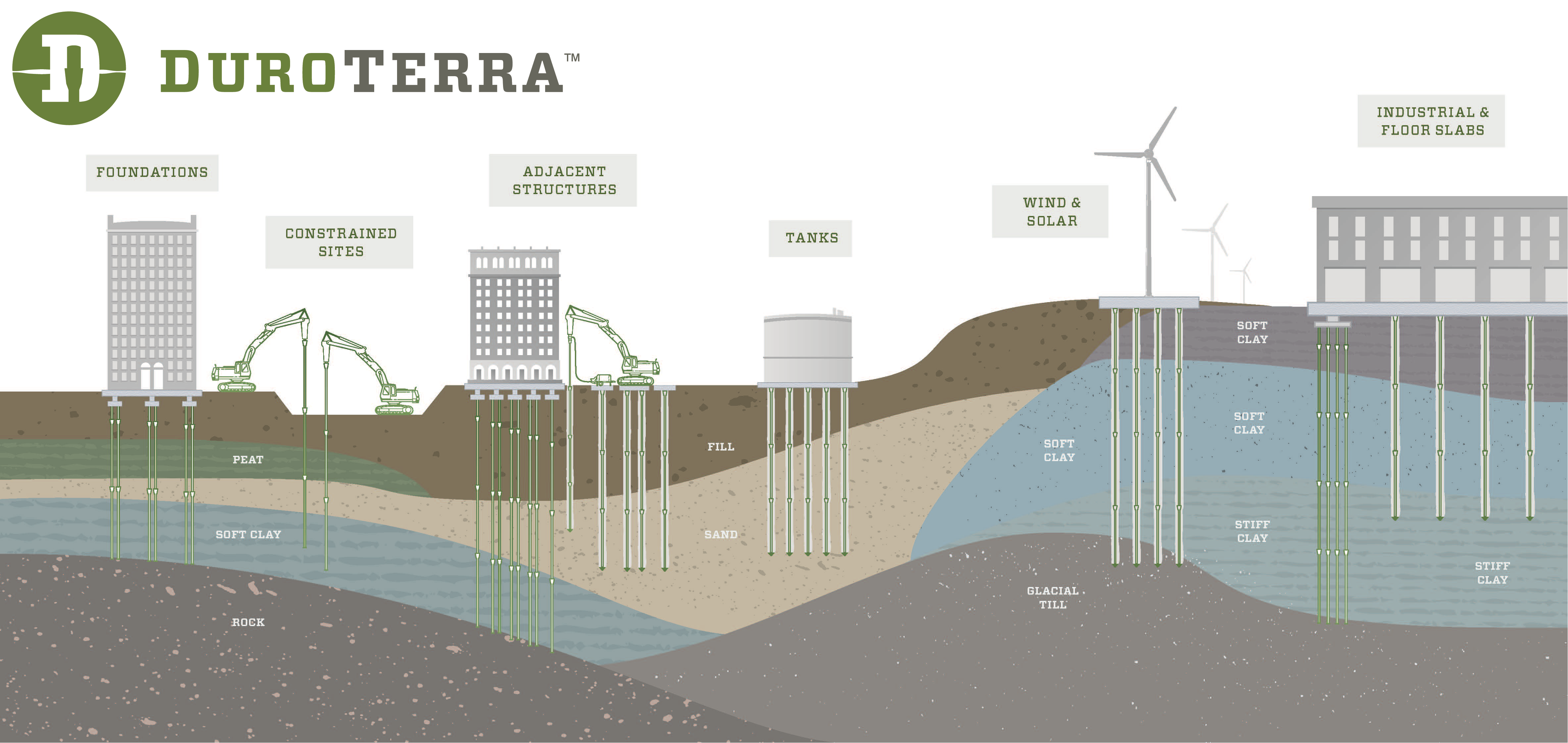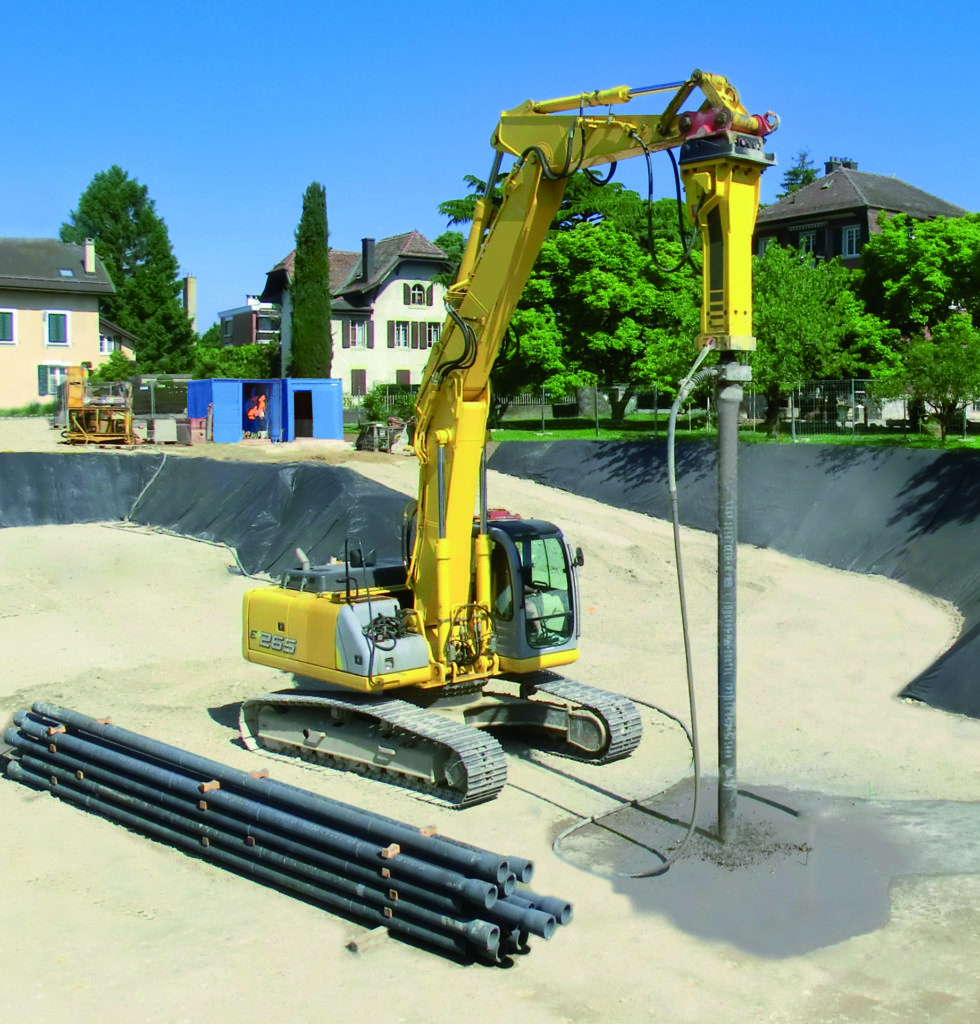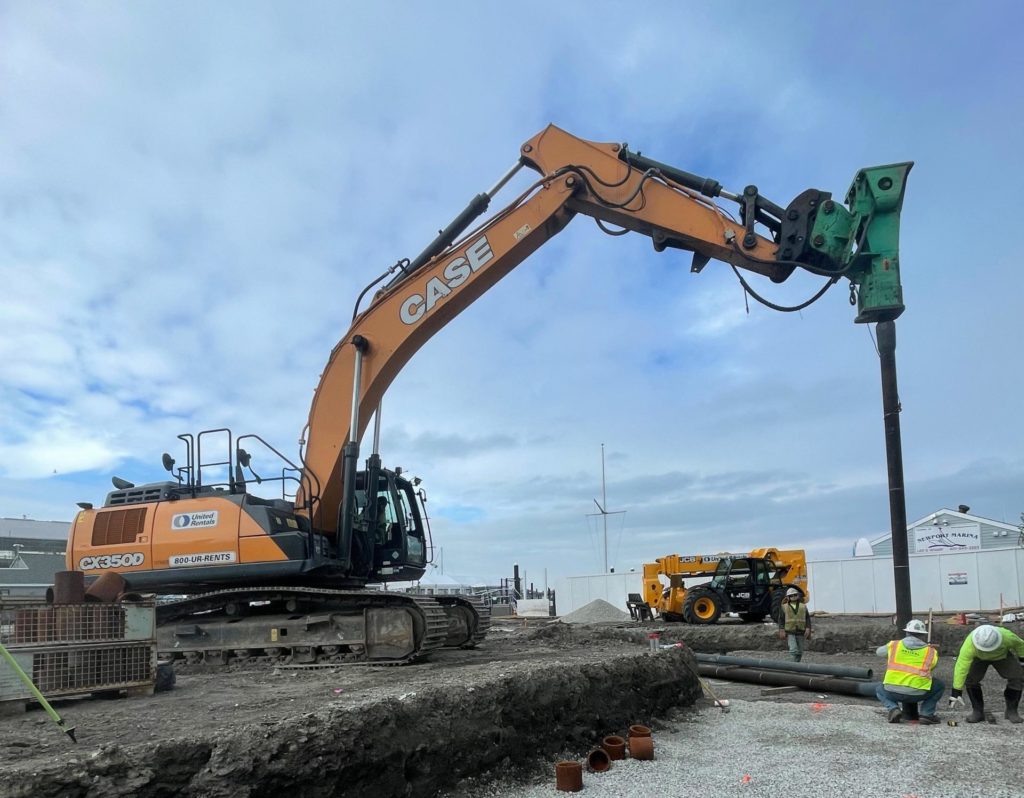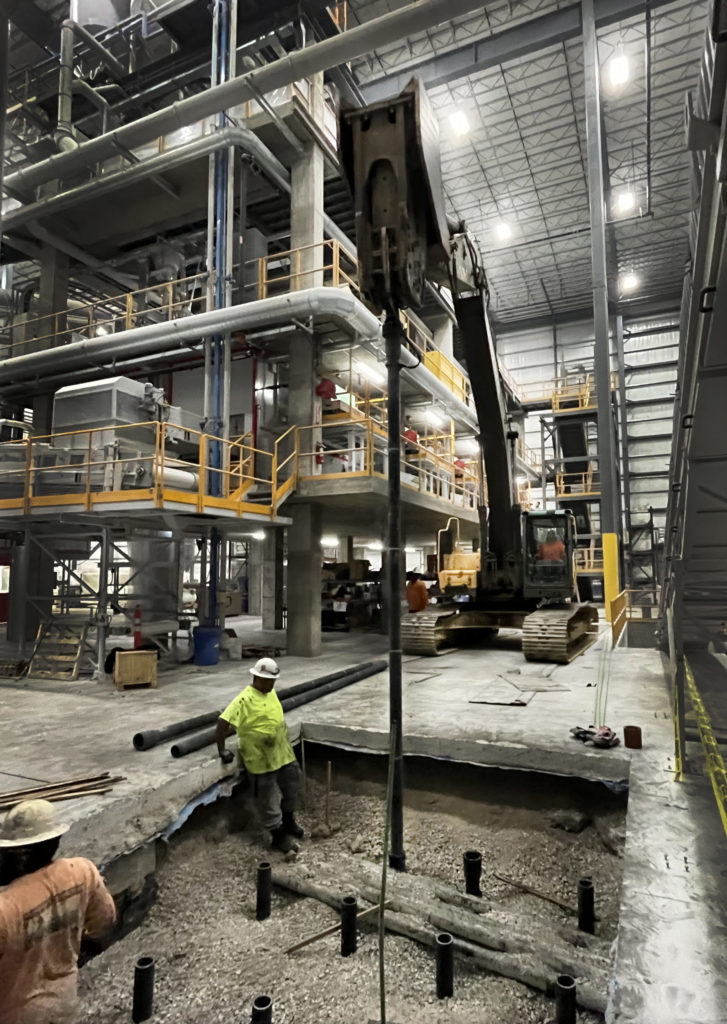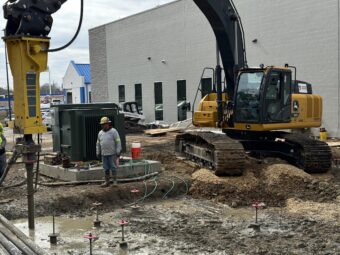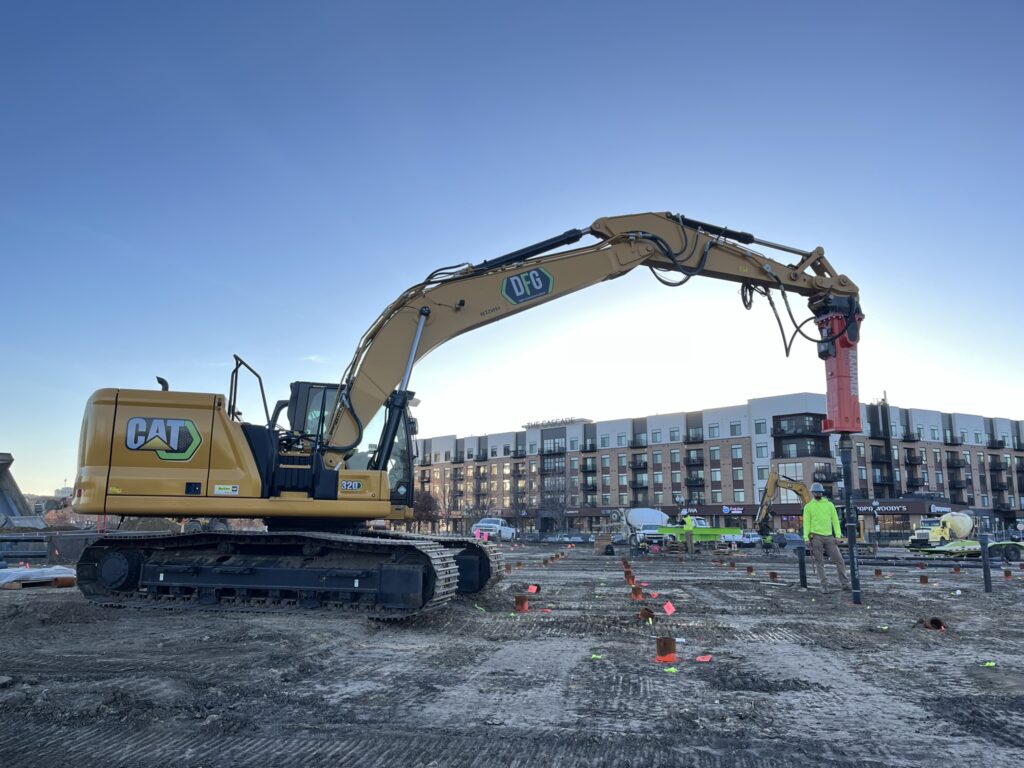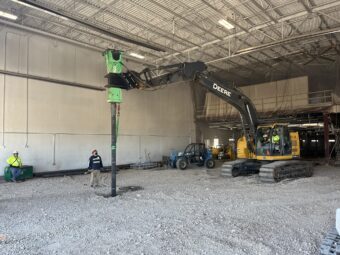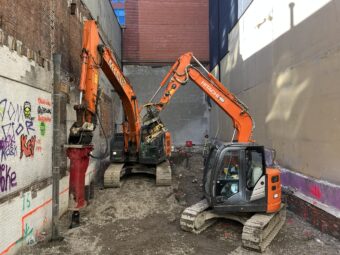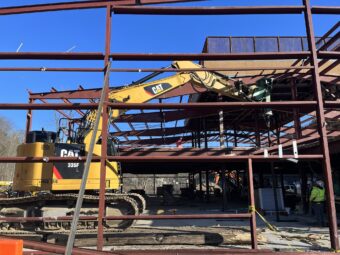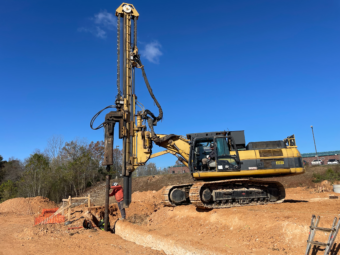Ductile Iron Piles – Common General Contractor Myths
General Contractor Myth 1: I can’t use DIPs unless they are specified by the design team.
DuroTerra’s engineers routinely perform feasibility assessments for projects at all stages of the project cycle. While many of our projects do follow the path of a traditional design/bid/build scenario with the Ductile Iron Piles being recommended by the geotechnical engineer and specified in the structural foundation plans, a significant number of projects involve a value engineering evaluation of a project specified for a different foundation system. With the structural foundation plans and geotechnical information, our engineers can help you assess whether Ductile Iron Piles might offer a suitable technical solution as an alternative to the specified foundation system. We can also connect general contractors with Ductile Iron Pile installers to price a Ductile Iron Pile alternative with the focus on providing value by reducing foundation costs and schedule. With the escalation of material pricing and construction costs rising faster than ever, don’t hesitate to reach out to us to explore this option on your project.
General Contractor Myth 2: My project is too small or too large to benefit from a DIP solution.
Ductile Iron Piles are installed with a single medium-sized excavator. This minimizes the challenges with mobilizing and working on constrained sites particularly for small projects when compared with traditional piling installation. For this reason, many Ductile Iron Pile projects involve small scopes of work. On the other hand, with standard excavators and hydraulic percussion (breaker) hammers that are readily available and don’t require significant real estate to safely work around each other, it’s common to run multiple crews and work on large scale Ductile Iron Pile projects as well. Bottom line – in the right application and conditions, DIPs can be a great option regardless of project size.
General Contractor Myth 3: Like other piling rigs, a thick, level working pad is required for DIP installation.
There has been tremendous and necessary industry emphasis in recent years on the stability of working pads to maintain safe operation of large vertical mast rigs used for piling and ground improvement installations. The design and implementation of stable working pads are critically important for large equipment because of the weight and overturning potential. In contrast, Ductile Iron Piles utilize medium-sized excavators (20 to 30 ton machines) that often work on sites with variable grades by reaching down into pile cap excavations or by transitioning between varied working grades to easily install piles from different elevations. Further, these machines are much lighter, have substantially less overturning potential and do not have large masts and hanging equipment so working pads are often less thick and less costly. While a quality working pad plays an important role in safe and high production operation, the extent of the pad preparation for Ductile Iron Pile equipment is less compared with other equipment for other foundation systems.
General Contractor Myth 4: I can’t use deep foundations for my retrofit/remodel project because work is inside an existing structure.
It’s true that deep foundation options for interior applications are often limited due to access and overhead obstructions, but some of our best projects have been inside existing structures! Ductile Iron Piles are uniquely positioned to provide a rapid, cost-effective solution for interior work in commercial, industrial, warehousing and other applications. DIPs are a modular system with pile sections that are typically between 16 and 18 feet (5.0 to 5.5 meters) in length. The innovative plug and drive (bell – spigot) joint allows rapid connection of piles to achieve sizable depths even with limited overhead clearance. Further, pile sections can be cut in half or thirds and connected with drive-on couplers to allow work in limited overhead conditions. Installers of the Ductile Iron Pile system routinely work within overhead clearances of 18 feet or above. By providing higher capacities than light-duty helical piles and less cost and faster installations than large diameter helical piles and micropiles, Ductile Iron Piles offer a high value deep foundation option when working in low-overhead conditions.

